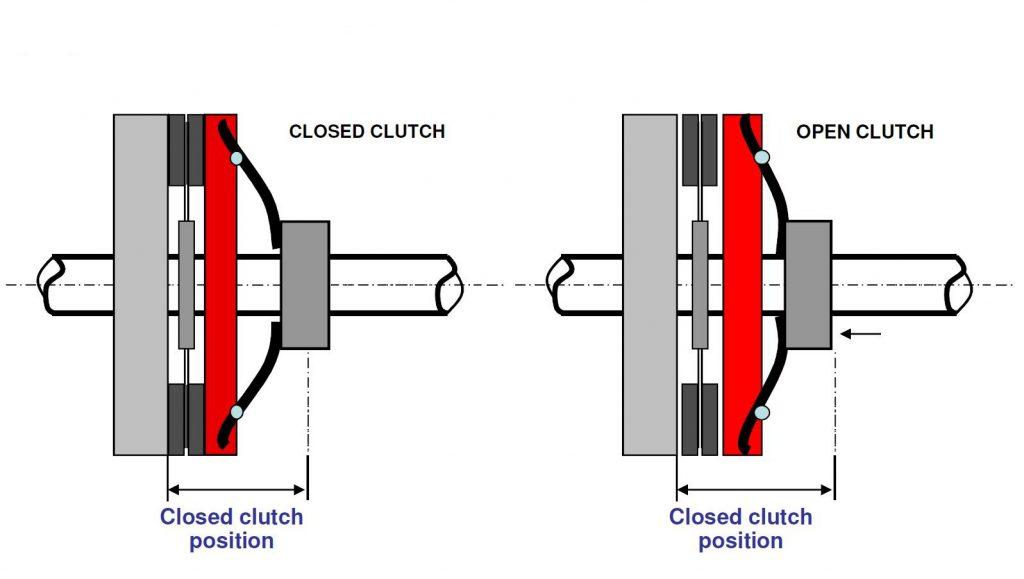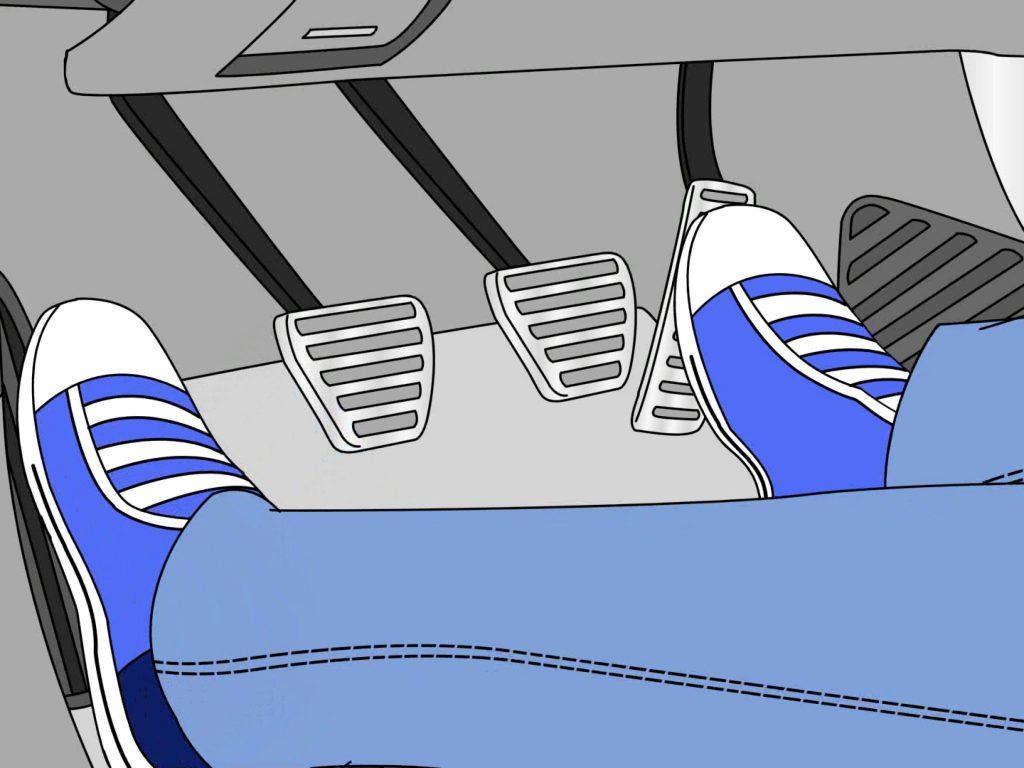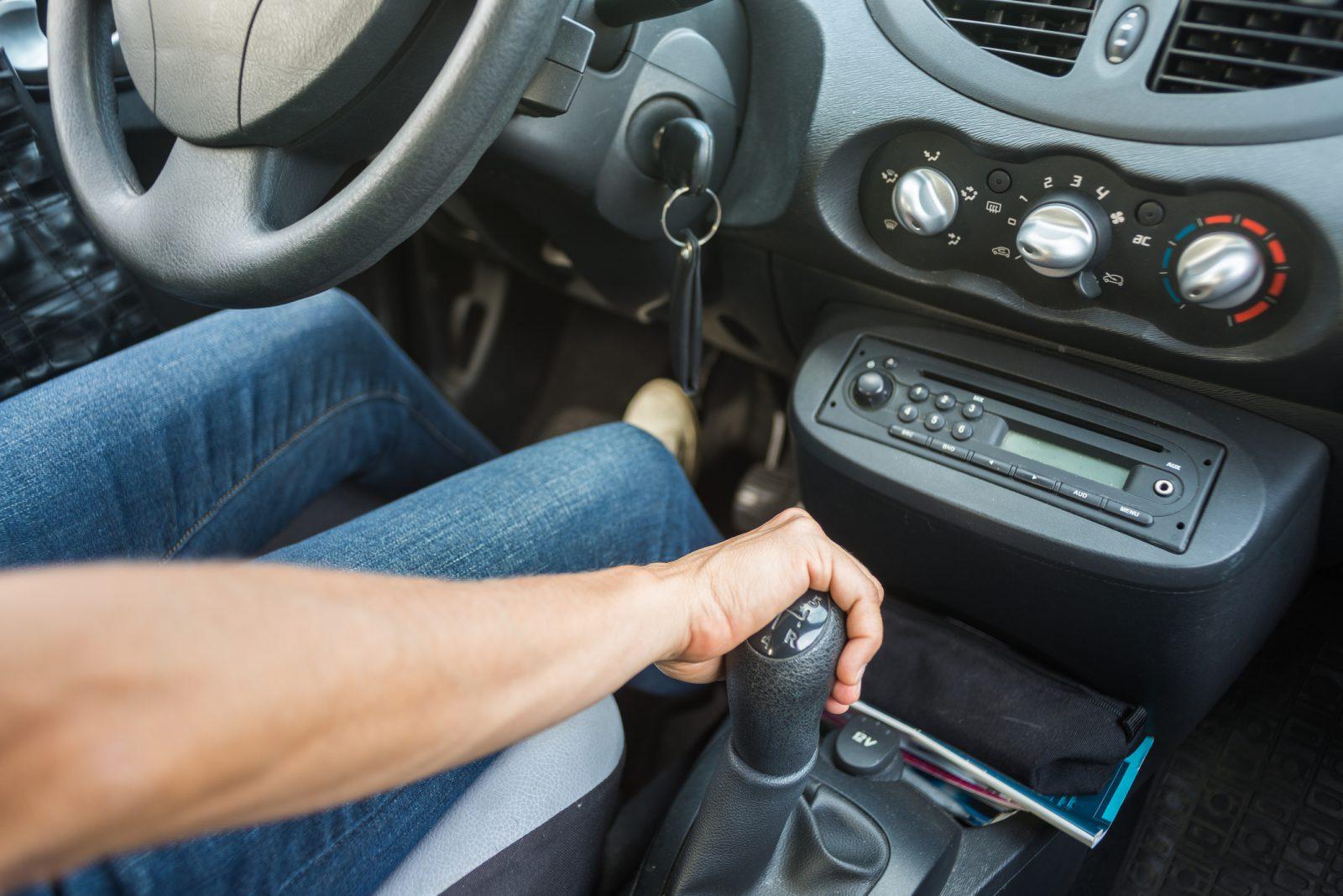For any new car learner, understanding and operating the clutch system alleviates stress, especially on traffic lights. For some, it is also a daunting experience, as the first challenge while learning the car for them is to stop and move the vehicle again. So, if someone wishes to attain good skills of clutch control, it is pivotal for them to first understand how the clutch system works and when to use it while driving.
Contents
Essential Components of Clutch Control System
The clutch system is made of two plates-the friction plate and the pressure plate. The pressure plate is connected to the gearbox side of the system, via an axle. And, the friction plate is attached to the engine side via the crankshaft.
Clutch Control and Its Working
This system is important for regulating the car’s speed in a manual transmission vehicle. The clutch control actually transmits the power of the engine to the gearbox.
There, the clutch interrupts the transmission when the gear is changed while moving or when it is selected to move from a stationary position.
To understand more about the working of clutch control, let’s delve deeper into its functioning.
1. Working Principle of Clutch Control
Commencing with the pressed clutch pedal, this action separates the pressure and friction plates from each other.
This means the wheels are separated from the car engine, preventing any power to the wheels. But here, the plate along the shaft still spins as the engine is running.
Now, after the car is in desired gear, it’s time to raise the clutch pedal, which allows the plates to again stick together. However, things are different, when it’s 1st gear.
At this time, the clutch pedal is released in the way that the plates come together slowly. Thus, allowing the car to run smoothly by joining the broken link between the engine and the wheels.

2. Learning Clutch Control Techniques
By now, you are aware that it’s a technique to control the car’s speed. But, what’s exactly the technique? Let’s get an answer to it ahead.
Firstly, when you are in the driver’s seat, ensure the clutch pedal is working smoothly, wear the seatbelt, turn on the engine, and put the handbrake on rest.
After all it is done, now apply force on the clutch pedal and select the 1st gear. Next, power the engine by pressing the accelerator gently and simultaneously, raise the foot from the clutch slowly.
At this point, when the clutch plates meet it is called a bite point. In fact, this bite point occurs several times while driving.
However, it is important to remember that the force applied on the clutch pedal must be lesser than the one applied during the first gear.
SEE MORE:
When To Use The Clutch
There are certain defined situations when the clutch control should be used like, stopping or moving off the vehicle, controlling the vehicle at slow speed, and while changing the gear.

Tips: While driving off roads, it is wise to slow down the engagement of the clutch or else, the vehicle would stall as the gear increases.
After knowing about the clutch control system, its’ practice can only make you a skilled driver. So, start with it today!
But remember to follow certain maintenance tips also, which prevents the clutch components from wearing out.
Finding cheap used cars from reliable Japanese sellers? Click here<<
FAQs
- When should I downshift using clutch control?
Downshifting is necessary when you need to reduce speed or prepare for a stop. To downshift, press the clutch, shift to a lower gear, and release the clutch gradually while matching engine RPM to the new gear.
- Can clutch control help with hill starts?
Clutch control is crucial for hill starts. You should use the handbrake, engage the clutch, shift into first gear, find the bite point, release the handbrake, and gradually release the clutch while applying gas to prevent rolling backward.
- Is clutch control different for different vehicles?
Clutch control basics are similar for most manual transmission vehicles, but the feel and engagement point of the clutch pedal may vary between different cars. It’s important to get familiar with the specific vehicle you’re driving.
- Is clutch control necessary for automatic transmission vehicles?
No, automatic transmission vehicles do not require clutch control as the transmission system manages gear shifts and clutch engagement automatically. Clutch control is primarily for manual transmissions.
- Can clutch control help with fuel efficiency?
Yes, using clutch control techniques, such as coasting in gear when slowing down and avoiding unnecessary gear changes, can contribute to better fuel efficiency in manual transmission vehicles.
- Is it okay to “ride” the clutch when waiting at a red light?
It’s generally not recommended to keep the clutch pedal partially depressed for extended periods at a red light. Instead, shift to neutral and release the clutch while keeping your foot on the brake pedal.
- Can clutch control be used for smooth parking maneuvers?
Yes, clutch control is beneficial for parking in tight spaces or making precise maneuvers. It allows you to control the vehicle’s speed and direction with finesse.
- Should I use clutch control when driving in slippery or off-road conditions?
Yes, clutch control can be especially helpful in low-traction situations. It allows you to modulate power delivery and maintain better control over the vehicle’s movement.
- Is it possible to burn out the clutch by using it excessively?
Yes, excessive or improper use of the clutch can lead to premature wear and eventually clutch damage. It’s important to use clutch control techniques correctly to extend the clutch’s lifespan.
Check out this video from World Driving to learn and understand more about clutch control!
Conclusion
Understanding and mastering clutch control takes time and practice, but it’s a valuable skill for driving manual transmission vehicles.
If you have any more specific questions or need further clarification on any aspect of clutch control, feel free to ask CFJ at any time.




Thank you so much for your lectures, I’ve learnt alot of things that I didn’t know & this has helped me to take good care of cars that I normally use
That information was so educative to me especially, I didn’t realise about or knew about the the friction plate attached to the engine and what it does when the clutch is pressed or released.Thanks alot
Advice on tips for clutch plate and pressure plate maintainance
“Clutch control” is all about controlling the speed of the speed machine. Motorists with manual regulation must know how to use the clutch properly in order to stay safe and become a better driver. By changing the gear, and controlling the car at low speed, you can use the clutch. Clutch control allows the operative to control the acceleration. To prevent your vehicle’s engine from stalling, you need to use the clutch properly. You might experience a clutch slip on the odd occasion. To avoid encountering that affair, you would have to keep the clutch in good order.